Botox Aftercare Advice for Aesthetics Patients
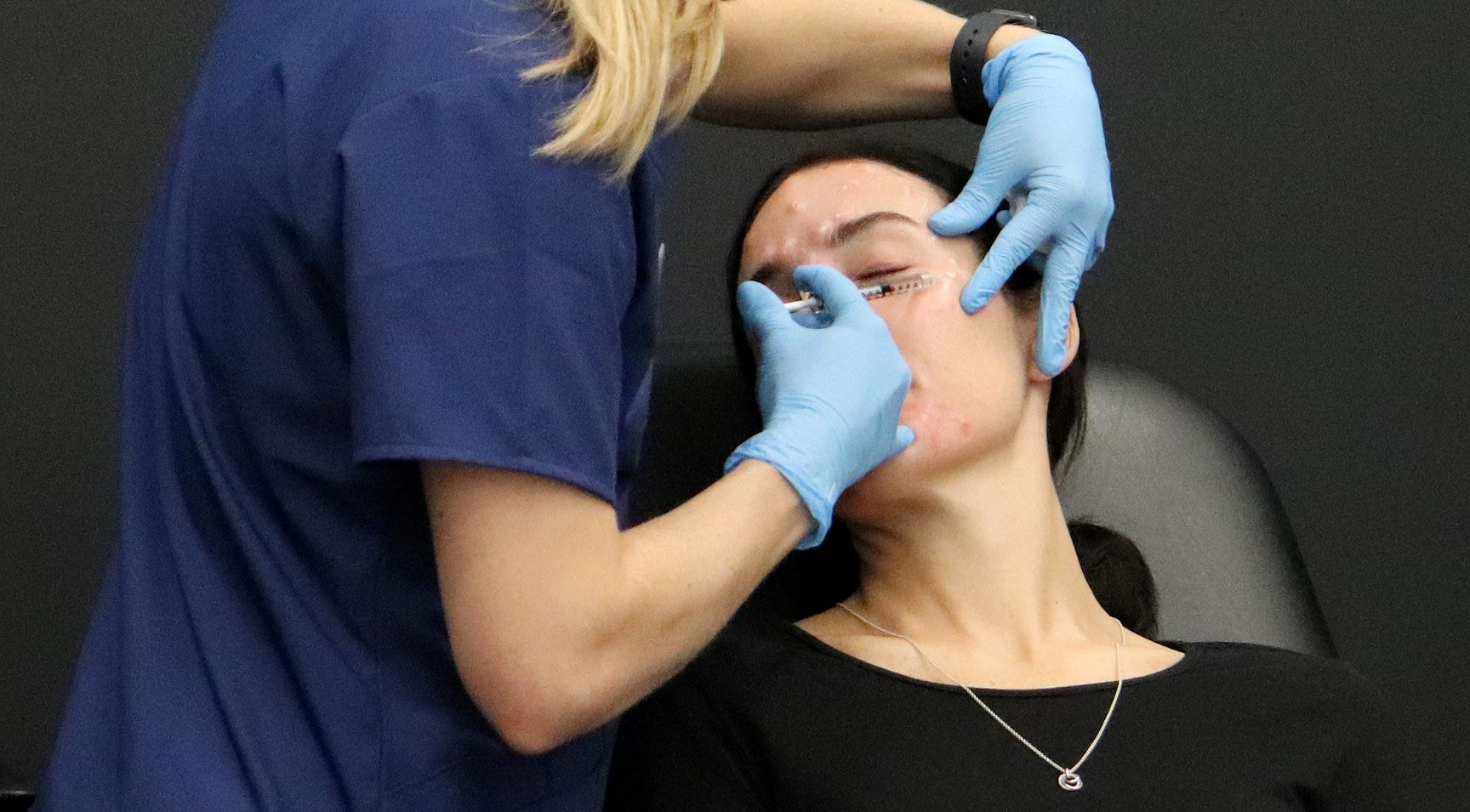
Botox aftercare advice is a crucial step in the treatment journey. This reduces the risk of complications, optimises results and can also dispel myths.
For botulinum toxin in particular, there seem to be various misconceptions surrounding aftercare. As such, it’s vital that you, as a medical aesthetics practitioner, share correct and comprehensive information.
Read on to learn about our aftercare tips for upper face botox...
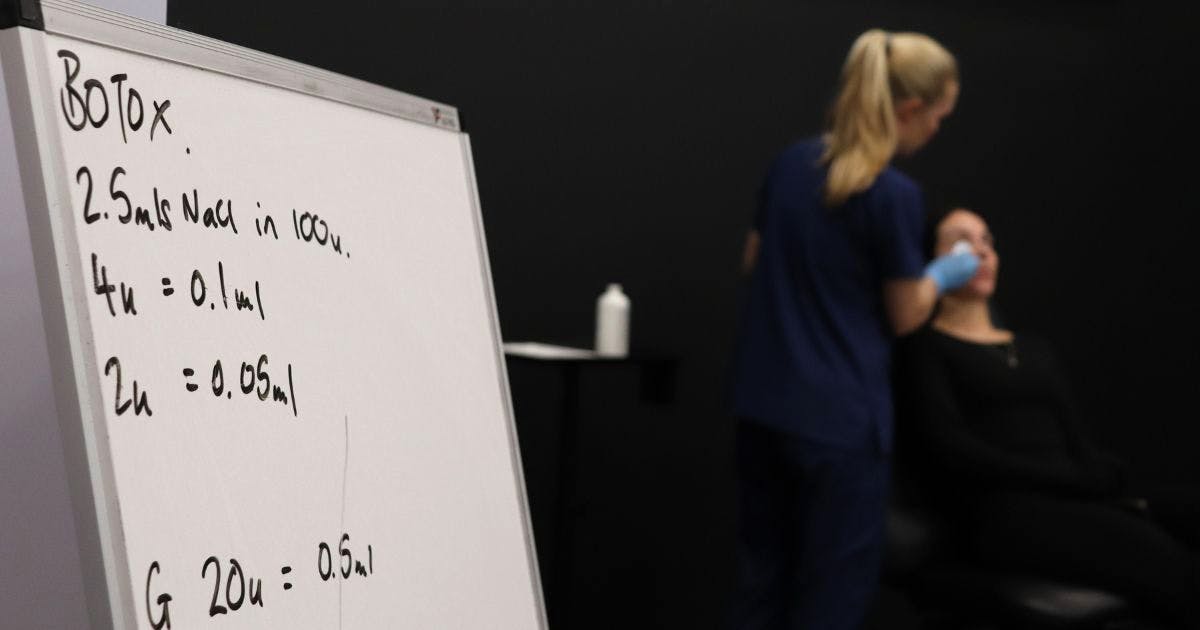
What your patients need to avoid before their botox appointments
Before any treatment is carried out stress the importance of awareness of pre-appointment guidance.
- Patients ideally need to avoid any caffeine, intense exercise and excessive alcohol the day before and the day of the treatment.
- Ensure they don't have any big or important events coming up that any potential bruising may be problematic for. If this is a potential issue, reschedule the appointment for a better time.
- It’s also useful to find out in advance of their appointment if your patient is planning to travel abroad. Flying 24 hours after botox is not usually an issue.
This information should be provided in writing ahead of the patient's appointment as well as on the day, prior to treatment.
The better prepared your patient is ahead of time, the more likely their treatment will go ahead and be successful. You can send them this information in an email before their treatment and follow-up with a text or WhatsApp message. A phone call can also be beneficial, if you have time; this is also something you could consider outsourcing.
By taking the time to confirm with your patient before they even step foot in the clinic that they have read and understood this advice, you'll navigate having to turn them away in person.
This approach allows you to deliver better patient care and a more profitable business by only having patients come to your clinic who are in a position to go ahead with treatment.
Upper face botox aftercare advice for patients
The following information applies to all toxin treatments and should be delivered before and after every appointment.
Patients are usually advised to avoid the following, for a minimum of 24 hours post-treatment:
- Makeup
- Excessive alcohol
- Strenuous exercise
- Aspirin
- Ibuprofen
- Facials
- Massages
- Rubbing the area
- Saunas and steam rooms.
Things you can advise your patients to ensure they do do, to minimise the risk of infection, include:
- Clean their phone screens and/or avoid holding the screen to their face
- Use fresh towels
- Change their pillow cases
- In colder months, consider advising them to bring a clean hat for after treatment if they wear styles that cover their forehead.
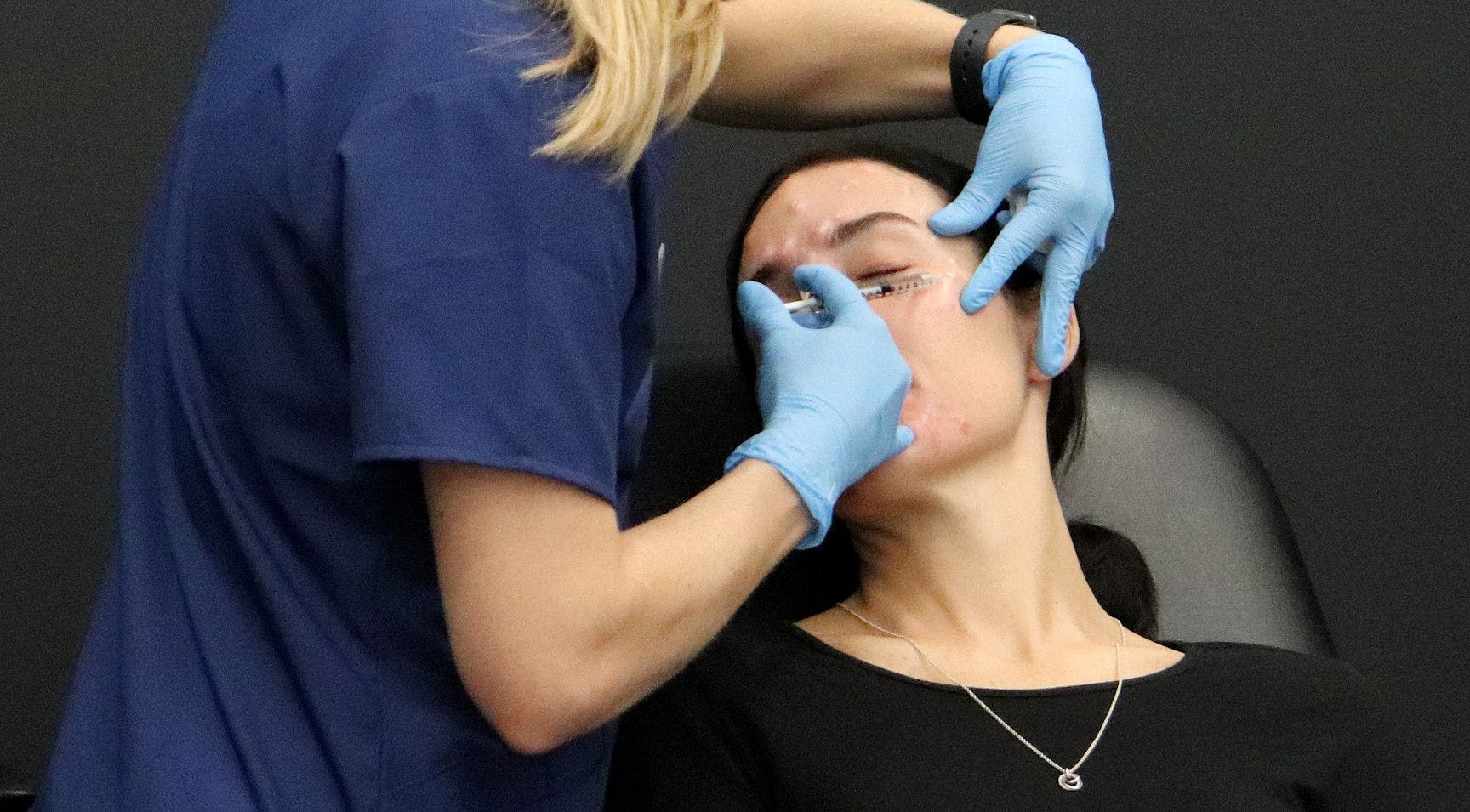
What you should warn patients to potentially expect after botox
Aesthetics practitioners should always advise patients about what they can expect in the hours and days following their toxin treatment. Not only does this manage their expectations, but it informs them of what they may experience. If anything out of the ordinary occurs, you can advise them to contact you appropriately.
Each of the following varies from patient to patient and this should be communicated to them. Generally, they can expect:
- Initial lumps at the injection site should settle within an hour if there are no other obvious problems
- Red swelling or bumps should reduce in a couple of hours
- Any minor bruising or redness should disappear within a few days
- It can take anywhere from 5-30 days to see the full effects of the treatment
- Results can last from 3-6 months, with the return of movement being a gradual process.
Some people like a 'shiny, frozen' forehead with little movement, whilst others prefer to retain a greater range of motion to maintain a more normal facial expression. Just ensure that patients are aware that muscle recovery after a Botox treatment is a gradual process. As the treatment effect diminishes, movement will return. As a result, prolonged ‘freezing’ is unlikely. It is also useful to let these patients know that removing the lifting action of the frontalis may not be a totally pleasing effect, as the brow could descend.
More botox aftercare tips
New clinicians, who we see during their aesthetics training courses, often forget the importance of warning patients not to touch their face, or apply any products or makeup to the skin after treatment.
These actions can all increase the chance of infection and are key pieces of information every aesthetic practitioner should counsel against.
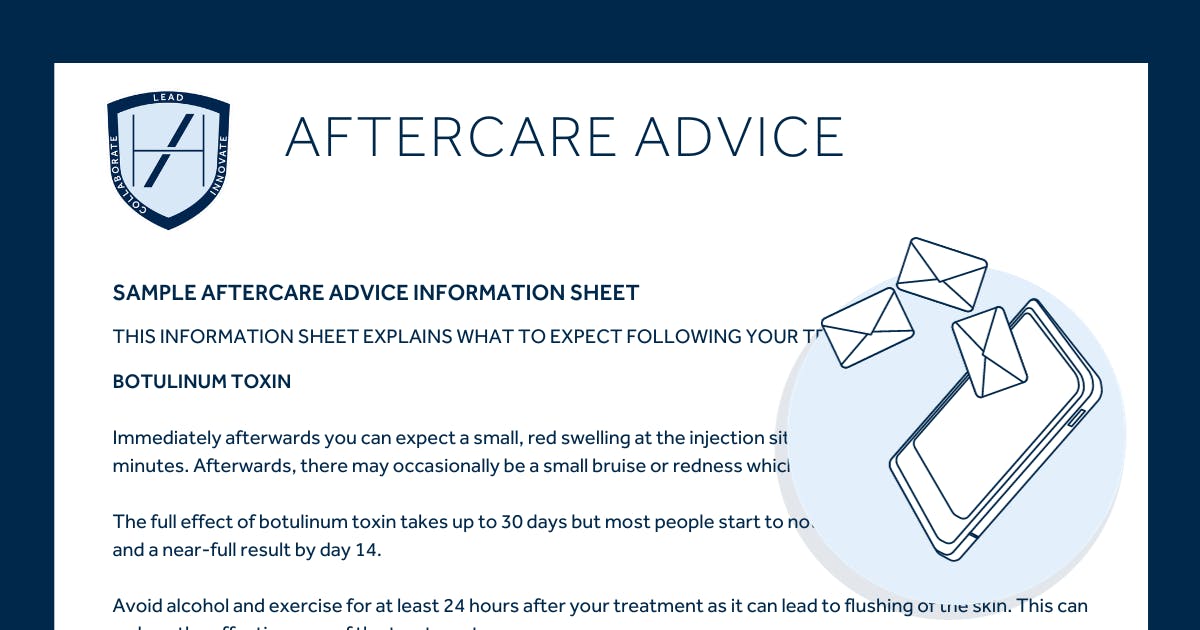
Botulinum toxin aftercare myths
There’s plenty of misinformation surrounding botox treatment and its effects. As a medical aesthetics practitioner, you should be aware of any common toxin myths. It’s important you only provide your patients with solid, medical, evidence-based advice, as much as possible.
Not moving your face after botox
A common myth we've come across is that you shouldn’t express movement after botox. This is simply not the case. Contrary to this misconception, you should actively prompt patients to attempt various animated facial expressions post-treatment. This could actually help the toxin to work better. Theoretically, moving your muscles may improve toxin uptake by the target muscle, which should enable the desired results.
Not lying down after botox
Another common myth states that you shouldn’t lie down after botox. Once the toxin has been injected into the muscle tissue, it's unlikely that lying down supine will affect it. However, do advise them against lying prone as placing the face against a surface could inadvertently spread the toxin into surrounding areas.
Sharpen the patient care aspect of your aesthetic practice
As an aesthetics practitioner, it’s important to learn how to provide the best level of care to your patients. Many new injectors start by offering toxin-only clinics so it’s especially important to deliver the best and safest treatments. This will help to build your confidence and your client base.
At Harley Academy, we specialise in offering patient-centric aesthetics training experiences with mentoring in our real working clinics. From our Foundation and Core training upwards, you’ll be guided through the entire patient interaction from consultation to aftercare.
Are you looking to obtain a formal postgraduate, Ofqual-regulated aesthetics qualification? Our Level 7 Diploma in Cosmetic Injectables offers a more in-depth exploration of both treatments and patient care. It’ll provide you with the confidence to deliver a safe and effective service from consultation and injecting through to aftercare advice.
For more information on our range of medical aesthetics training courses, reach out to our Courses team. Book a call to receive personalised advice on finding the best aesthetic medicine education for you.
All information correct at the time of publication
Download our full prospectus
Browse all our injectables, dermal fillers and cosmetic dermatology courses in one document
By submitting this form, you agree to receive marketing about our products, events, promotions and exclusive content. Consent is not a condition of purchase, and no purchase is necessary. Message frequency varies. View our Privacy Policy and Terms & Conditions
Attend our FREE open evening
If you're not sure which course is right for you, let us help
Join us online or in-person at our free open evening to learn more
Our Partners
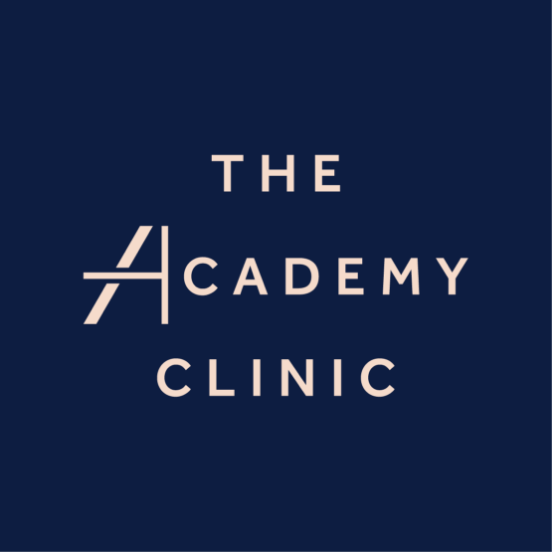

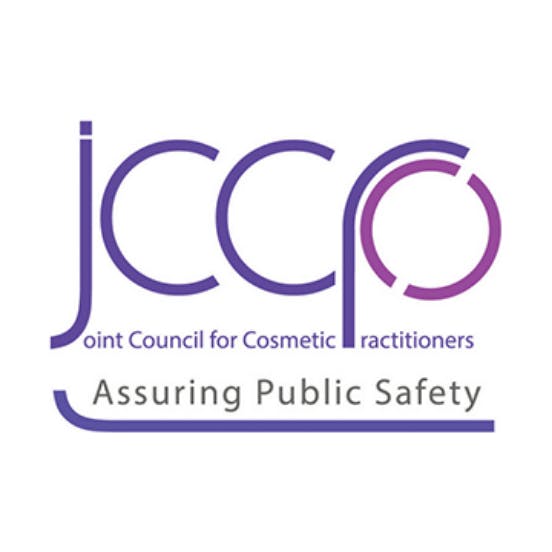

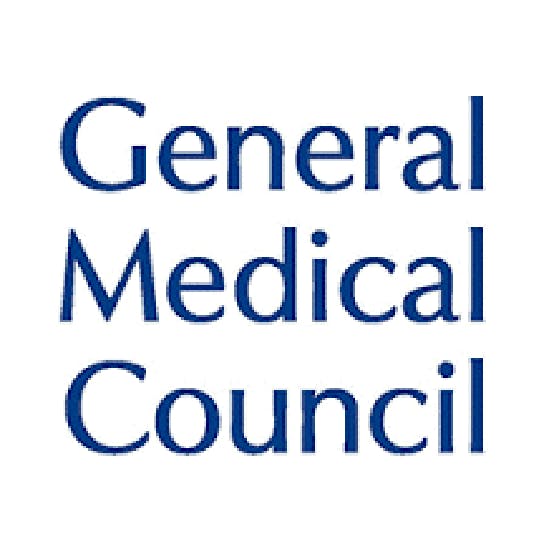


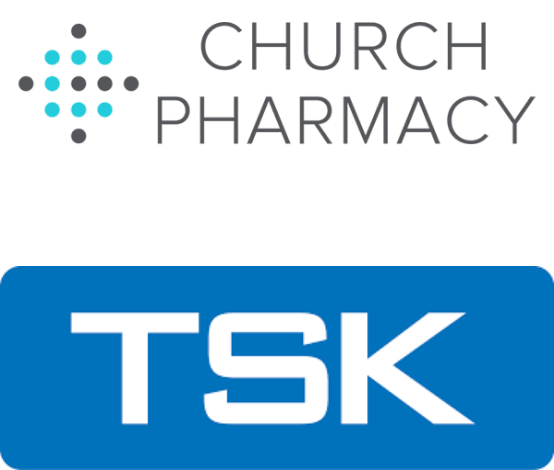
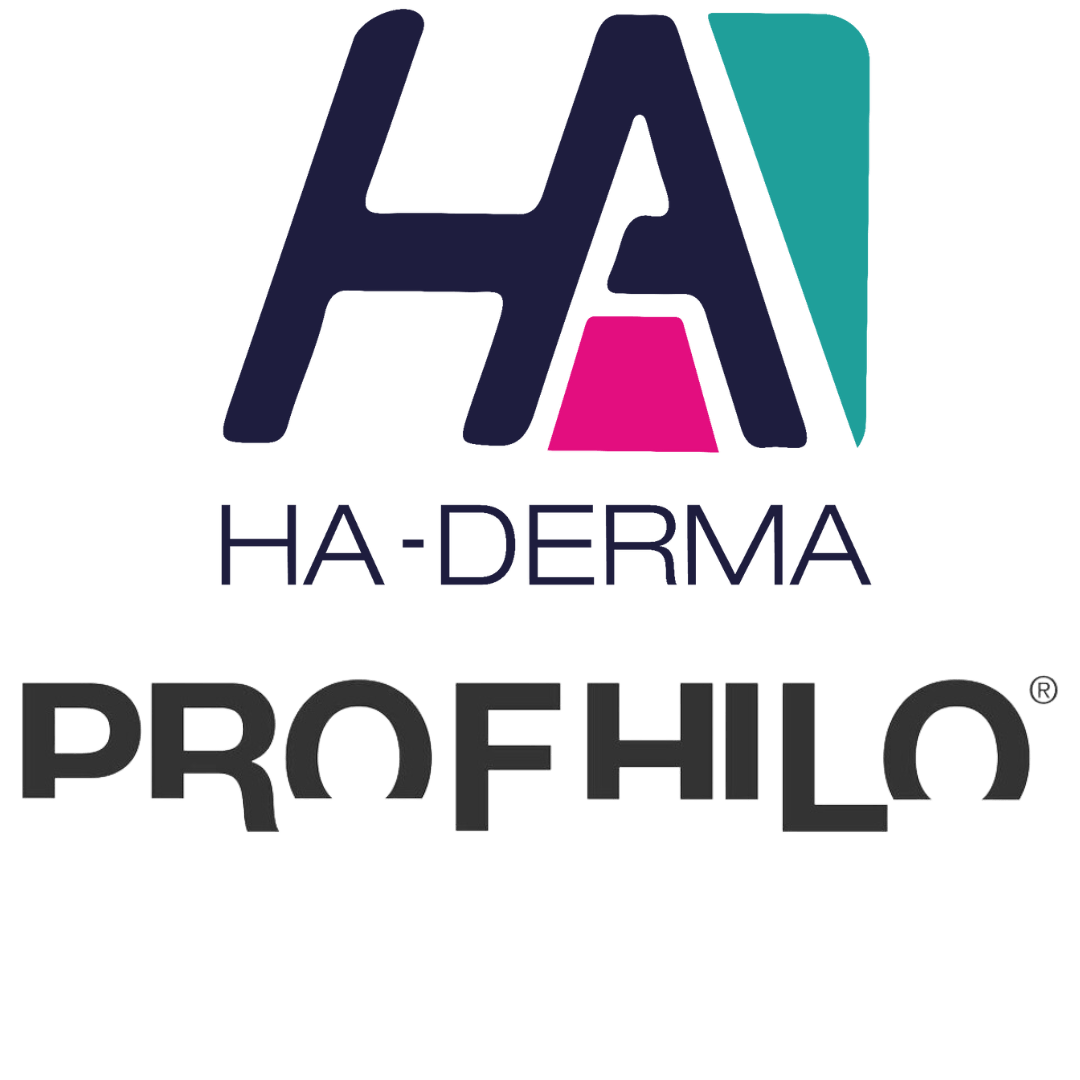
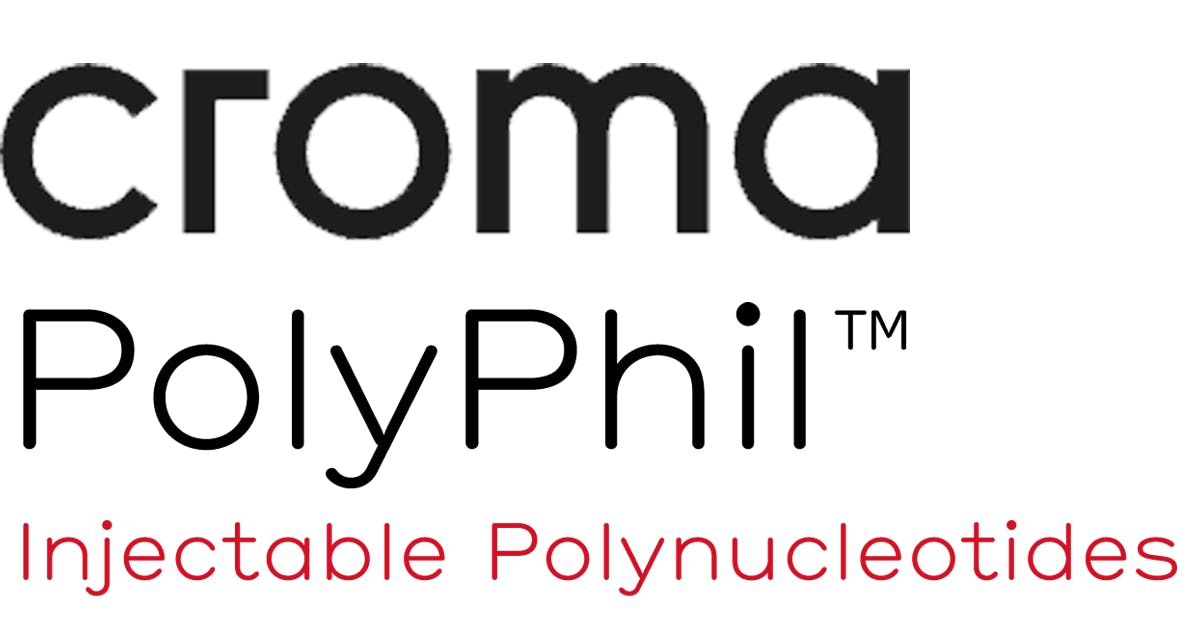
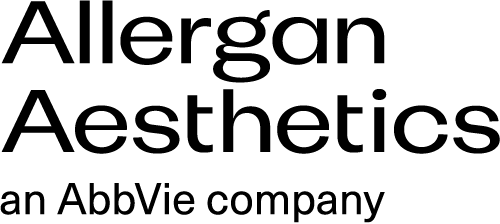


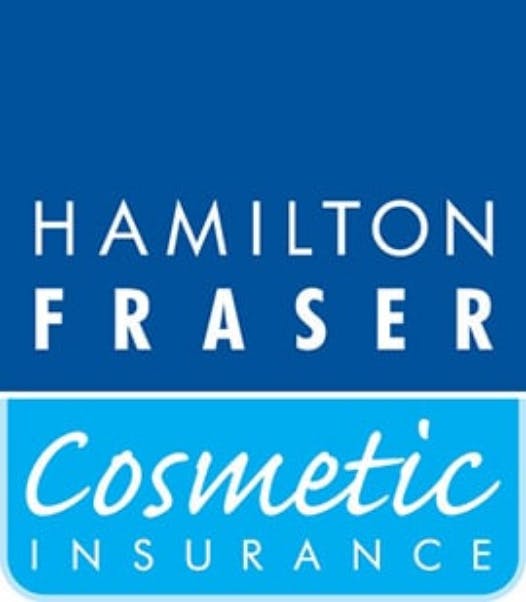
STAY INFORMED
Sign up to receive industry news, careers advice, special offers and information on Harley Academy courses and services

